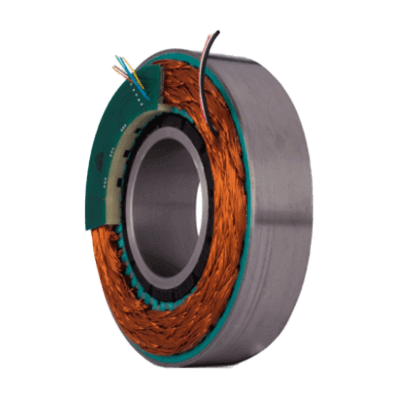What Is a Digital Signage?

Digital Signage is a system or platform that utilizes digital media technology to display information and advertisements.
Typically employing digital display devices such as LCD screens or projectors, Digital Signage showcases multimedia content like images and videos. Due to its ability to update content in real-time, Digital Signage can promptly display the latest information and promotions. This allows for quick responses to special events or sudden changes, reducing printing costs and labor.
However, as a digital device, Digital Signage may encounter technical issues or malfunctions such as display failures or software crashes. Therefore, proper maintenance and management through suitable technology are essential.
Uses of Digital Signage
The primary uses of Digital Signage include:
1. Retail Industry
In the retail sector, Digital Signage is employed to enhance information communication and customer engagement within stores. It efficiently displays real-time promotional information and special sale details, emphasizing the attractiveness of products. Additionally, it allows instant updates on pricing and inventory information, providing customers with the latest details.
2. Food and Beverage Industry
Digital menu boards in restaurants and cafes assist in presenting menu items and prices to customers in a clear and understandable manner. They are effective in promoting daily specials and sales promotions. Furthermore, the introduction of digital ordering systems contributes to streamlining the ordering process and improving service.
3. Public Transportation
In stations and airports, Digital Signage provides travelers with information on train and flight departure times and operational details. Bus stops can display bus arrival schedules and route information, offering convenience to users.
4. Education
In educational institutions, Digital Signage is used to convey important information within the campus. This includes providing students and faculty with schedules and campus event details and enhancing communication and information sharing.
Principle of Digital Signage
The principle of Digital Signage is based on combining digital technology and display technology to present information and content. The process involves the creation and management of content, which includes various media elements such as text, videos, and animations. Content is often created and edited using computer software and content management systems.
To display Digital Signage content, various display devices are used, including LCD screens, plasma displays, projectors, etc. These display devices are designed to provide high-resolution, clear images and videos that are easily readable even from a distance.
To transmit Digital Signage content to display devices, media players or Digital Signage players are commonly used. These hardware or software components play and transmit content to the display device. Some Digital Signage devices come with embedded media players.
How to Choose Digital Signage
Several crucial factors need consideration when choosing Digital Signage. Here are some selection elements:
1. Purpose
Clearly defining how Digital Signage will be used is crucial. Depending on specific purposes such as advertising or displaying schedules, choose the appropriate Digital Signage accordingly.
2. Environment
Select devices that suit the installation location and environment. Consider factors like whether the device will be placed indoors or outdoors, in high-temperature or high-humidity areas. It’s important to contemplate durability and waterproofing, and generally, higher durability often correlates with a higher cost.
3. Display Device
Given the variety of display devices like LCD screens, LED displays, projectors, etc., evaluate factors such as resolution, size, and visibility to choose a device that best fits the intended use.
4. Network
Digital Signage commonly connects to a network for real-time content updates and remote management. Consider whether internet connectivity is required or if a private network will be established. Depending on the network structure, choose suitable display devices and equipment.

